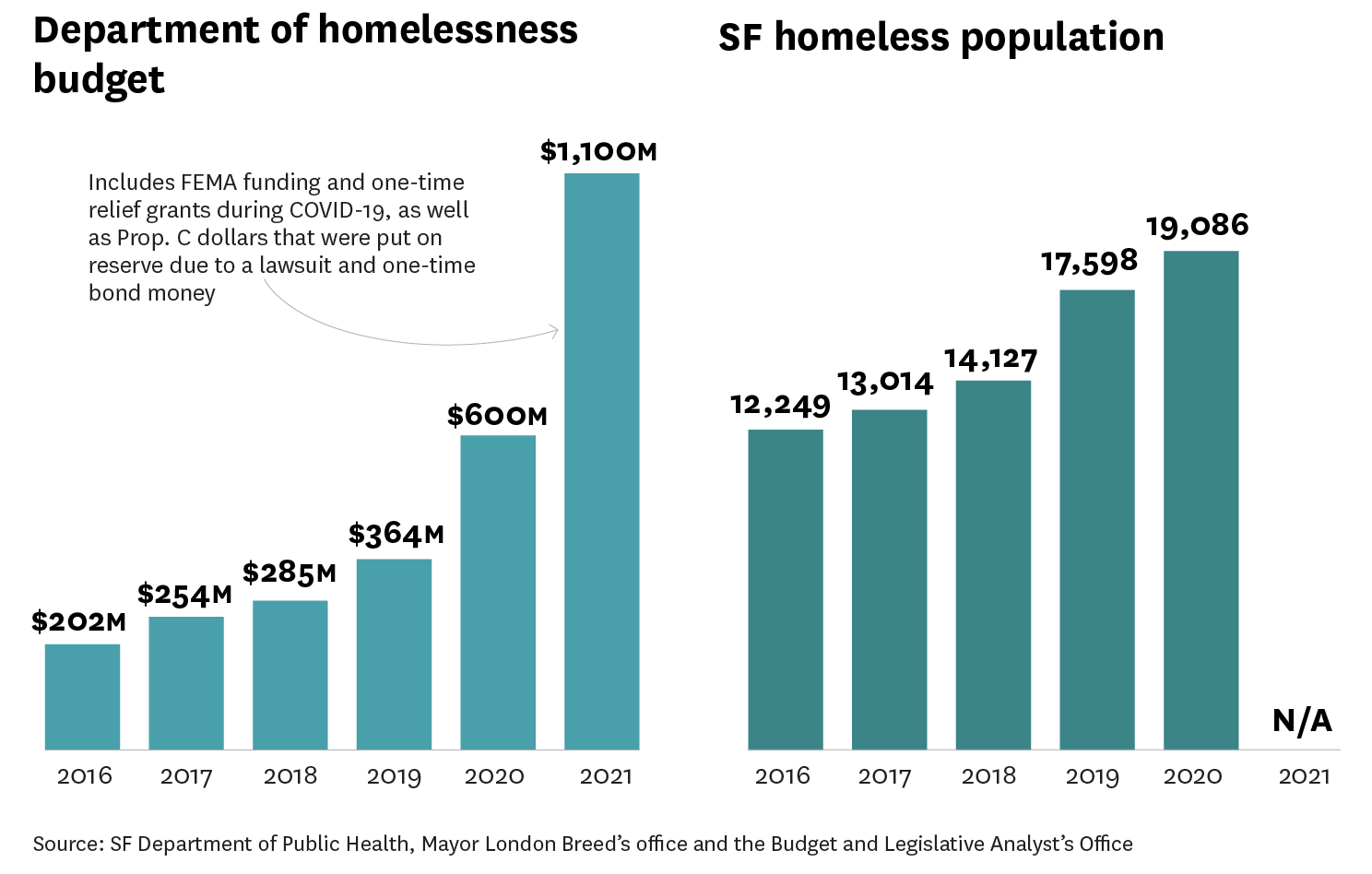$57,000 per person, per year; you get (more of) what you pay for
/San Francisco’s Housing First nightmare
City Journal’s Erica Sandberg has been covering California’s homeless and crime scene for many years now, particularly LA’s and San Francisco’s. Her articles are always insightful, and never seem to be able to find any progress to report,
The horrors of SROs were put on display to the public in a recent San Francisco Chronicle feature. The story tells of people living in buildings with collapsing ceilings, toxic mold, vermin, noxious odors, constant noise, broken appliances, and unchecked violence. It also notes that at least 166 people fatally overdosed in these hotels in 2020 and 2021. This official number, however, is suspicious for being so low. San Francisco’s medical examiner reported at least 1,300 overdose deaths citywide in the last two years, most commonly for illicit fentanyl combined with other drugs.
How can the places that the city has deemed appropriate for the economically distressed be so bad? It’s not because of a lack of funds. San Francisco has an eye-popping $1.1 billion homeless budget, much of it spent on such supportive housing.
We can lay part of the blame for the conditions on tenants who make life miserable for others—breaking into nearby apartments, threatening innocent people, or consuming drugs in common areas. But if tenants have demonstrated that they are incapable of being good neighbors, then the officials who placed them there are culpable.
“There needs to be a better vetting process,” says 25-year-old Darren Mark Stallcup, who until recently lived in an SRO. “The city was moving everyone in; people who were sketchy, violent. They were fentanyl addicts, just out of jail, or in gangs. People were breaking my door down. I would wake up having to throw punches.”
According to Stallcup, long-time tenants, many of them seniors, bear the brunt of the mayhem. “Most are Asian immigrants, and the noise scares the elders,” he says. “They would barricade themselves in. I never got a firearm, but I was thinking about it.”
In fact, many of the people placed in city-run housing are considered “high-need tenants.” Neither SROs nor supportive-housing units are the correct settings for them (or the other tenants who suffer from their proximity). They need professional assistance but don’t receive any because the city hasn’t invested in it.
This is Housing First policy in action. The idea behind it is as simple as it is misguided: Put people who were living outside or who are at risk of becoming homeless inside four walls. Then, voilà, you’ve solved the problem of homelessness. It’s not true, of course. More people arrive in San Francisco every day, most seeking the city’s cheap narcotics and easygoing attitude toward usage. They end up on the street until they can score subsidized housing.
Stuffing thousands of people who should be recovering in hospitals, mental-health facilities, and drug-treatment centers into free or low-cost apartments has been disastrous. The places in which they are housed are ruined; people get hurt, and some die. Neighborhoods fall into disorder.
The dilapidated state of SROs is only a symptom of the disease. Housing isn’t a cure. Unless cities address the underlying problem of untreated mental illness and addiction, every building set aside for the homeless under the Housing First approach will deteriorate, and the people desperately needing help won’t get it.
….
The city’s solution: more of the same, but waste even more money. Instead of addressing the rotting SRO buildings, the administration is on a real-estate buying spree. With an influx of funding from Proposition C—a measure that taxed the city’s most profitable businesses with the intention of fixing homelessness—it is purchasing pristine new buildings in which to house needy people.
The apartments that Mayor London Breed has been proudly showing off, with gleaming kitchens, sparkling bathrooms, and clean bedrooms, are all destined for ruin. Soon these units will be in the same uninhabitable state as all the others. This is exactly what happened when the city gave people “shelter-in-place” rooms in the Mark Hopkins and similar luxury hotels during the height of the pandemic. The destruction was almost immediate. Fixtures were ripped from bathrooms, blood and feces stained the rugs, mattresses were set on fire, and people died of overdoses, often alone.
….
Housing First has hurt, not helped, those who are in dire situations. Redoubling efforts in pursuit of this policy guarantees that the sick will get sicker, and the city’s light will continue to dim. Rather than railroad deeply troubled people into poorly managed apartments or blighted SROs, San Francisco should use its enormous budget to fund the integrated addiction treatment and psychiatric care it sorely lacks.

